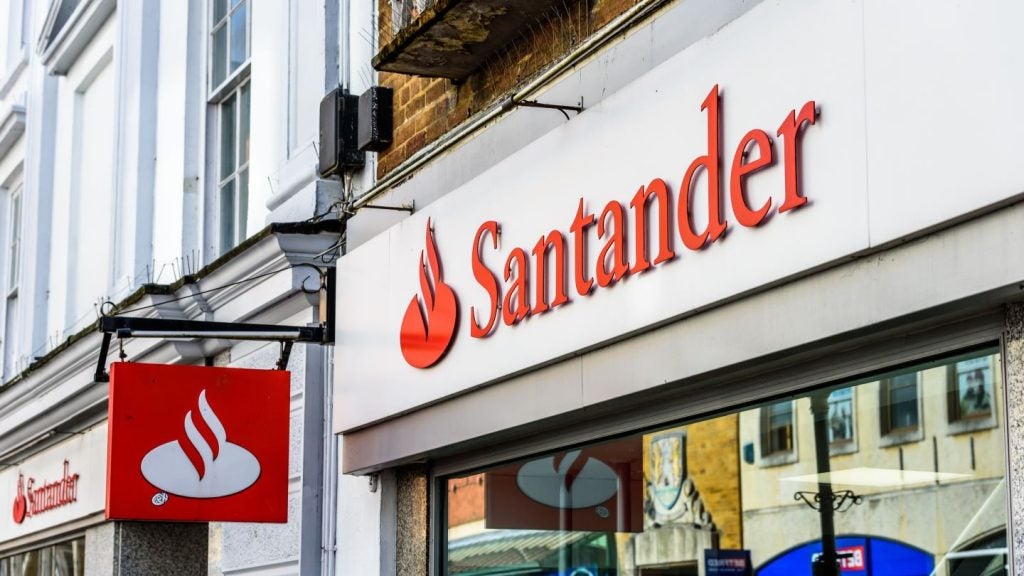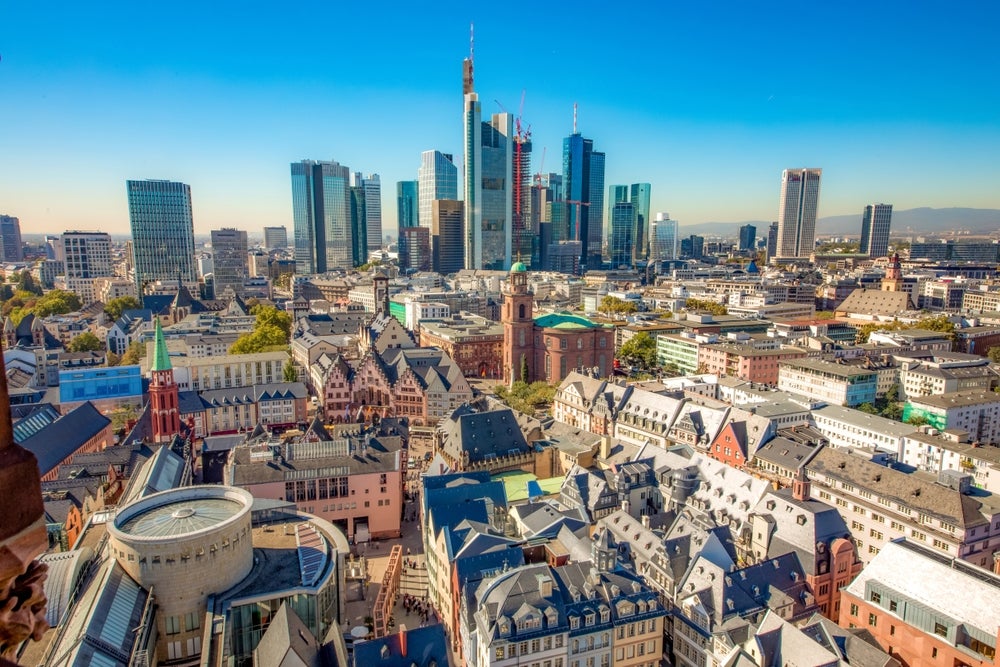
The Hungarian leasing market is evolving as new challenges arise. In 2022, it continued to grow in line with the economy, but in a nuanced fashion, says László Kõszegi, secretary general of the Hungarian Leasing Association (HLA).
The total value of market finance increased by 11.6% to €2,196 million, from €1,968 million in 2021. This in turn increased by 8.1% from a low of €1,820 million in 2020 when the market was of course impacted by the pandemic.
New business grew by 18% year-on-year (y/y) in 2022, but this was accompanied by a 14% decline in the number of transactions, highlighting significantly higher asset value.
Kõszegi says that while automotive financing remained stagnant in 2022, there was growth in the agricultural, construction and industrial machinery sectors, as well as trucks.
These trends have continued into 2023, with financing increasing and the number of transactions declining, during a period in which the economy has been in technical recession. In H1 2023, financing increased in value by 2% y/y, but the number of new contracts was down by 7% y/y.
The longer-term fall in retail financing, primarily for passenger cars, has continued, accounting for just over 5% of financing.
How well do you really know your competitors?
Access the most comprehensive Company Profiles on the market, powered by GlobalData. Save hours of research. Gain competitive edge.

Thank you!
Your download email will arrive shortly
Not ready to buy yet? Download a free sample
We are confident about the unique quality of our Company Profiles. However, we want you to make the most beneficial decision for your business, so we offer a free sample that you can download by submitting the below form
By GlobalDataAs in other countries, dark clouds continue to challenge the sector. Inflation is now falling, but at 12.2% in September it is the highest in Europe. This, combined with high borrowing rates and drastic cuts in government spending to reduce the budget deficit, has eroded investor appetite substantially, putting the SME sector under strain.
The IMF released its latest World Economic Outlook projections in October pointing to a 0.3% real terms decline for Hungary’s GDP in 2023, although it may turn out to be worse. The latest national accounts for Q2 show GDP down by 0.3% quarter-and-quarter and 2.4% year-on-year.
The high-interest rate environment is particularly challenging. Market interest rates for fixed-rate forint financing are around 10-14%. To compensate for this, euro-based financing options have gained in popularity, but are only available to clients with sufficiently documented euro revenue. Inevitably there has been a rise in non-performing loans, especially in the construction sector.
Euroleasing Zrt, one of Hungary’s major market providers, points out that the current interest rate environment in Hungary is significantly less favourable than in other EU countries. Fluctuations in the forint-euro exchange rate have pushed up the prices of assets and vehicles to extreme levels, it says, and in addition, inflation has disrupted companies and individuals, with under-investment and bailouts becoming the norm.
Judit Vály, CEO of Euroleasing Zrt, together with sales directors, Zsolt Hanczár (cars) and Goblos Gergely (trucks and machinery & equipment) have chimed in on current trends across the main sectors.
Investment in the agricultural sector has slowed, they say, with the effects of last year’s drought being felt. Grain prices are now low due to the war in Ukraine and a strong harvest, and development has been held back by loan moratoriums on market players, including leasing companies.
The transport market has also weakened on the back of declining freight volumes and with the car market sliding, importers are offering unprecedented interest subsidies via their financing partners, with big discounts on purchase prices.
Invariably high borrowing rates have put the construction market on the precipice of recession. Major public and private developments are scarce, there is over-capacity and slower sales, and financing demand in the equipment market.
Kõszegi says that high interest rates have increased the value of state-supported schemes and the SME sector is the main beneficiary, especially businesses investing in sustainability, and those affected by the pandemic and the war in Ukraine.
Government-supported schemes are making the lending sector more competitive and are contributing to a rising share of new financing volumes. However, with measures taken to offset additional burdens on individuals and businesses, including moratoriums and interest rate caps, it is obliging the financial sector to bear the costs.
On top of that, the financial sector has been subjected to an additional profit tax in 2022 and 2023. Many leasing companies have been unable to offset this, and it has resulted in losses or a significant fall in profitability in the sector.
Kõszegi mentions that, unlike the 2008 crisis, thanks to rising asset prices, “leasing coverage remains adequate, providing sufficient collateral through the sale of repossessed assets.”
Diverse and well-regulated market
The leasing market in Hungary is one of the most rigorously regulated in Europe, under the licensing and supervision of the National Bank of Hungary (central bank), with reporting requirements and operational expectations that are similar to those of the banks.
Structurally, the largest segment of the Hungarian leasing market is automotive financing. Passenger cars and light commercial vehicles accounted for 42% of new business volume in 2022, followed by the truck (23%) and agricultural sectors (15%), although the industrial machinery and construction segments are still considered important.
By contrast, office equipment and IT leasing are relatively small, signalling some growth opportunities. The largest customer segment by far is the SME sector, accounting for almost 80%.
Kõszegi explains that after the 2009 financial crisis, many previously independent bank subsidiaries were partially or completely integrated into their parent banks, primarily to exploit synergies. Despite this, there are leasing companies that have managed to retain their independence.
In addition to those with direct banking backgrounds, there are companies with international bank backing, as well as non-banking domestic and international leasing companies.
“It should be noted, however, that in recent years there has been a trend towards consolidation, with two domestic bank-backed leasing companies accounting for half of the Hungarian leasing market. They are Merkantil Bank, part of the OTP Group, and Euroleasing Zrt, part of MBH Group.”
There is also more use of open-end leasing with a guaranteed residual value.
“It is preferred by the companies, especially for passenger car financing, Kõszegi says, “allowing for the reimbursement of value-added tax and including a purchase option for the lessee at the end of the lease term.”
Servicing and EV financing opportunities
Leasing experts agree on the fact that asset ownership is still more important than usage in Hungary. However, full-service leasing, especially for cars and light commercial vehicles is increasing, not only among large corporations but also in the SME sector. The “as-a-service” model has yet to gain significant traction, but it is an area that will grow.
As in other countries, the challenges posed by climate change are generating a fundamental shift. The state’s drive for cleaner and more fuel-efficient technology is particularly prevalent in Hungary, where the government is eager to become the biggest manufacturer of EVs and is already attracting huge investments in EV battery production to achieve this.
A $7.8 billion facility being built by China’s Contemporary Amperex Technology Co. Ltd (CATL) in partnership with Mercedez-Benz represents the largest single investment in the country. Two other plants are under construction close by, one by BMW and another by EVE Energy Co. Ltd, a Chinese firm.
These investments form part of the €20 billion the country is anticipating to drive the transition to a green economy and ensure that Hungary becomes the world’s fourth largest producer of batteries, behind China, the US and Germany. The country’s first EV plant, owned by Samsung, was up and running in 2017.
Attila Németh, senior key account manager at Merkantil Bank, notes that EV car penetration is rising, but slowly, and remains quite low.
He says that financing providers have not had much experience with EVs, tied to the fact there are still questions over battery life and used car prices when new models or facelifts are launched. These are important, he says, for calculating residual values.
Other issues include state subsidies impacting stock/dealer financing and the lack of a track record on after-sales and spare parts.
“The very long delivery times in 2022 did not help EV cars, either, he says, “but this was also a time of fuel prices increasing and the price gap between the two types decreased significantly in this period.”
The Hungarian EV leasing market is differentiated though by the fact that electricity is subsidised by the state, so with this factored-in EV cars are comparatively cheap. That said, public chargers are more expensive so EVs are mostly for those who charge at home or work. The customers tend to be homeowners in the larger cities and suburbs, second or third-car buyers, trend-setters, and companies promoting a green image.
Bright future
Looking ahead to 2024, the economic outlook will play an important role, and on that, there is much to be hopeful for. The IMF is predicting 3.1% real terms GDP growth for 2024, with inflation down to 6.6%, and an unemployment rate nudging down to 3.8%.
If inflation continues to fall, prompting the central bank to loosen monetary policy by reducing interest rates further, it will invariably encourage business investment. Real wage growth will also spur consumer demand.
Euroleasing sees possible growth in the logistics market by 2024, and Kõszegi is eying opportunities in the EU and state support programmes opening up in the context of the green transition. “This can promote electric vehicle adoption, renewable energy production and efficiency improvements,” he says.
Németh believes the government could still do more to promote financing. There were EV subsidies for a while, but targeted support for leasing has not existed. A special scheme for green leasing would be appreciated, he argues.
Despite all of these setbacks, the Hungarian leasing market is well positioned to grow, and the catalyst for that growth is undoubtedly the drive to go green.
Empowering Hungary’s financing landscape: the HLA







